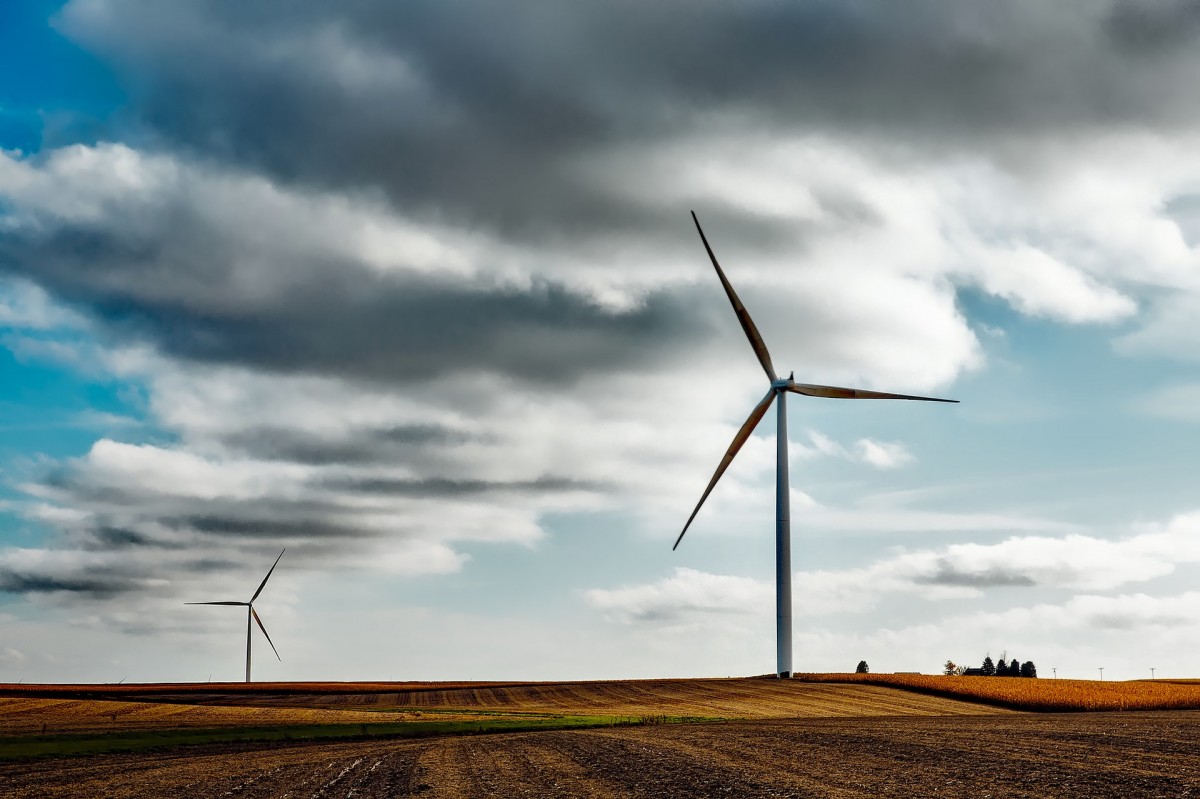To become the first carbon-neutral continent: that’s the ambitious goal for Europe declared by the Commission president Ursula von der Leyen in 2019.
And the route to achieving it, by 2050 no less, is with the European Green Deal – a wide-ranging set of ideas, including cleaning up the air and water, renovating buildings, and getting populations to live healthier, less carbon-intensive lives.
Today marks the start of the European Union’s Green Week, in which a number of events will examine how EU policies such as the Green Deal can help protect and restore nature, leaving it room to recover and thrive.
So, where better to start than with the Green Deal? Let’s take a look in more detail at the plan which von der Leyen described as “Europe’s man on the moon moment”.
What’s the goal?
The Green Deal aims to transform Europe into the first climate-neutral, or carbon-neutral, continent in the world.
Carbon-neutrality means there is no more carbon emitted into the atmosphere than there is absorbed in carbon sinks, which are systems that absorb more carbon than they emit, such as soil, forests and oceans.
It wants to achieve this by 2050, by drastically cutting down on carbon emissions.
This goal is actually also set out in the Paris Climate Agreement that was adopted in 2015, and which the EU signed up to.
Ultimately, the need to achieve carbon neutrality is crucial if the world is to avoid catastrophic climate change, by limiting global warming to below 2°C, with efforts to keep it below 1.5°C.
What does the Green Deal entail?
The EU describes it as an “action plan” to achieve the above goals, providing information on the science, the changes needed, and the financing available to achieve those changes.
It calls for action in all parts of the economy, including:
- investment in environmentally-friendly technologies
- supporting industry to innovate
- rolling out cleaner, cheaper and healthier forms of private and public transport
- decarbonising the energy sector
- ensuring buildings are more energy efficient
- working with international partners to improve global environmental standards
Member states have been told to present long-term strategies to the Commission, every 10 years, showing how they plan to make the drastic reductions in emissions needed to reach the target.
These plans must cover:
- Emission reductions and enhancement of carbon sink removal
- Specific sector plans including electricity, industry, transport, the heating and cooling and buildings sector, agriculture, waste and land use, land-use change and forestry
- Progress on transition to a low greenhouse gas economy
- Estimates of long-term investment, and strategies for research, development and innovation
- Expected socio-economic effect of the decarbonisation measures
The first national long-term strategies were due by 1 January 2020. As of October 2020, a large number of countries still haven’t submitted their plans.
How will EU member states pay for these transformations?
In January the Commission unveiled its financial plan for the Green Deal, aiming to invest at least €1 trillion over the next ten years.
It wants to achieve this using a mix of private and public funds, including a quarter of the EU budget.
One of the key tools of the transition will be the Just Transition Mechanism (JTM), which is designed to ensure no country is left behind and the goals are achieved in a fair way.
The JTM will help to target the most-affected regions with at least €150 billion from 2021-2027, the EU says. The JTM platform will provide technical and advisory support.
The most affected regions are those that rely on carbon-intensive activities for their economies, or that have the most people working in fossil fuels.
What’s the current state of play?
On 7 October 2020, the European Parliament backed climate neutrality by 2050 and a 60 per cent emission reduction target by 2030 compared to 1990 levels.
The goal will become legally binding if a new Climate Law is adopted by Parliament and the Council, but this has not yet happened.
It still needs to be discussed between all three EU institutions, where they will need to agree on whether to aim for a 40, 50 or 60 per cent emissions reduction.
And despite recent talks, member states were unable to agree on a plan for target for shorter-term emissions reductions by 2030, pushing the talks until the next summit in December.
There is also a push for all member state countries to individually become climate neutral, but currently just five EU countries have set this target in law: Sweden, Denmark, France, Germany and Hungary.
euronews.com
pixabay


















